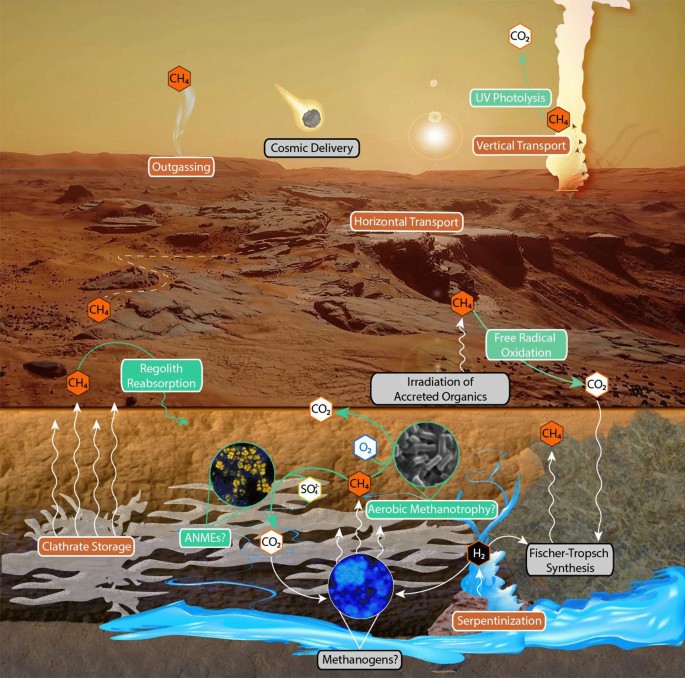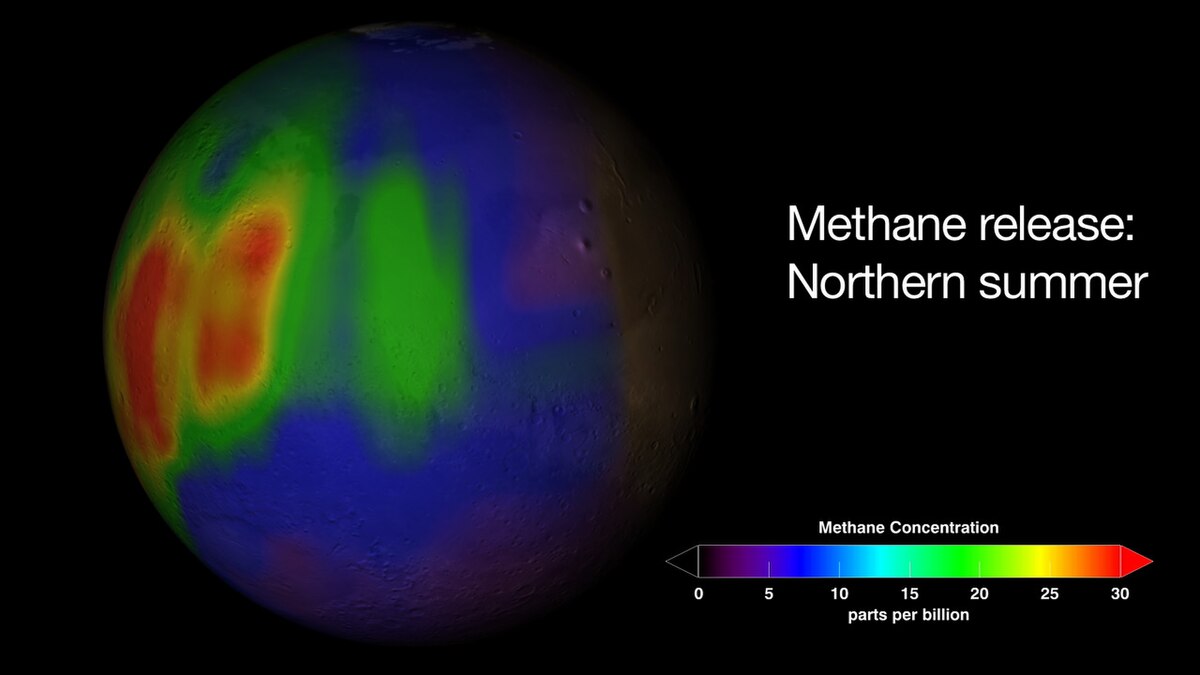
Interesting Facts When Boring People About Mars
Share
Mars is as mysterious as it gets.
Mars is the fourth planet from the Sun – a dusty, cold, desert world with a very thin atmosphere. Mars is also a dynamic planet with seasons, polar ice caps, canyons, extinct volcanoes, and evidence that it was even more active in the past.
Mars is one of the most explored bodies in our solar system, and it's the only planet where we've sent rovers to roam the alien landscape. And with renewed vigour, A.R.S.E. has taken it upon ourselves to thrust into Mars in search of scientific wonders.
But first, here are some interesting facts about your next possible homeworld.
The planet is mostly orange.
The surface of Mars has an orange-reddish color because its soil has iron oxide or rust particles in it.
Oxygen Floats

The Gravity is not strong enough to hold the oxygen atom close to the ground like earth. Mars, is less than half Earth’s size and around one-tenth Earth’s mass. Less mass means less gravitational pull.
That's A Deep Crack...
It has a Valley scratch on its surface that is 6.43738km deep - deeper than any ground valley on earth. This is call the Valles Marineris. If on Earth it would be longer than the entire United States
Pimple Popper
Mars is also home to the largest mountain in the solar system. Olympus Mons is a volcano that has a height of over 21.9 kilometers. It is defined by a massive cliff at this location nearly 7 kilometers tall. It is so big it is easily viewed from space.
Mars-ity Blues
Not everything is orange on Mars. It has stunningly gorgeous blue sand dunes. This is actually a colour enhanced photo of an area of mars. The actual colour is more bland, however there are distinct differences in the sand which helps to allow the colouration.
Prison Break: Hydrogen Edition

High-altitude water acts as an atmospheric escape route for martian hydrogen. The possible causes are Mars’ elliptical orbit causes the intensity of the sunlight reaching Mars to vary by 40 percent during a Martian year. Seasonal effects that control how much water vapour is present in the lower atmosphere, as well as variations in how much water makes it into the upper atmosphere. The 11-year cycle of the sun’s activity is another likely factor.
Dust Bunnies Eat Your Heart Out

A sand storm on Mars can engulf the entire planet
That's Amore

Mars has two moons Phobos and Deimos. Phobos is much larger than Deimos, however both are small, which is the why they are not spherical in shape. Phobos has a diameter of 22.2 km and a mass of 1.08×1016 kg, while Deimos measures 12.6 km across, with a mass of 2.0×1015 kg.
That's A Stretch

While the earth’s day length is close to 24 hours on average, the average length of a day on Mars is 24 hours, 37 minutes and 22 seconds. When humans travel into space, our body clock changes when not exposed to light and extends beyond 24 hours and closer to the Martian day.
Whoever smelt it...

Mars has methane in the atmosphere and scientist does not know where it came from.
Extra: The tilt of Mars has a very similar tilt to Earth’s 23 degree tilt. Mars tilt is 25 degrees.
You’ve come this far…
Why not venture a little further into A.S.S. - our exclusive Australian Space Society.
And keep thrusting Australia into the deep unknown…
#Space_Aus




